2025 – CHW
A young Rhododendron kyawii with its first two flowers.
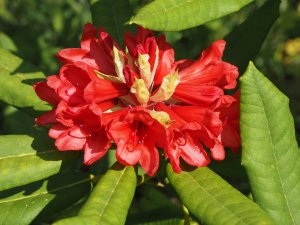
During our visit to Devon yesterday time to take in a new and interesting garden.Cornus kousa can be very effective as a feature plant.
2023 – CHW
Carpinus omeiensis omiense with its oddly distinct and droopy leaf formation.
2022 – CHW
So what is out in flower in the garden still after my absence on the Isle of Wight?
Silver gilt medal for Burncoose at Hampton Court. Drama because we had to remove several banned plants from the stand (oaks!) but sales good. Dodoneas and hydrangeas particularly.
Hydrangea seemannii now full out and splendid.
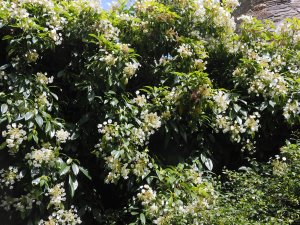
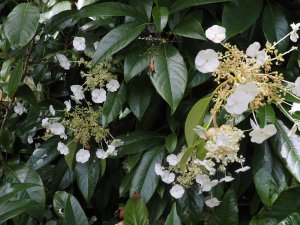
First visit today to Ventnor Botanic Garden. They had stayed open throughout COVID but gardeners on furlough had not done a lot for the masses of bindweed everywhere. They too had a dry spring and everything was a bit further behind than I had expected.This year Puya chilensis and Puya berteroniana were both flowering as huge clumps. Most spectacular.
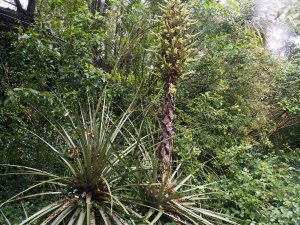
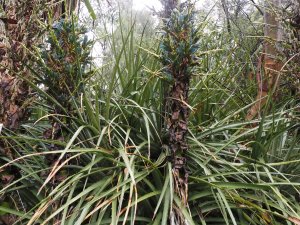
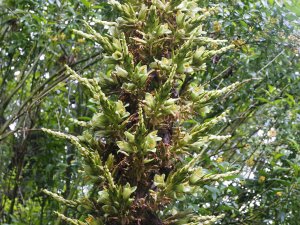
The Rhododendron weyrichii in the Rockery is just going over.Then a trip to look at the newish summer flowering shrubs above the drive and on Sinogrande Walk where they can be seen properly at this time of the year.Philadelphus maculatus ‘Mexican Jewel’ is a Mexican species which has made enormous growth since planted in 2017. Lots more flowers to come and nice scent close up. The flowers hang down and are a bit hidden.
The labels are the wrong way around on these two Philadelphus and mexicanus is on the left and maculatus on the right (two plants).
Buddleia delavayi is flowering for the first time that I have noticed it. Some flowers over and some in bud still. Quite pretty but said to be tender.
I have been bitching for months about trying to find a decent wildflower book and suddenly Colin French emails me to say he has published a (pictorial and locational) ‘Flora of Cornwall’. It is 550 pages long with 1,700 photographs of Cornish wildflowers. The index is not 100% accurate as I have randomly found but this is a real joy of a life’s work at £40.Colin did his last survey of flowering plants and ferns here on the estate in 2010. He found several red book rarities in his 2002 survey and more rarities in 2010. I attach a list of the rarities which he found in his last survey.
The fun will be now to try to locate them and see if they are still there. A trip to Tubbs Mill Quarry looms.
2019 – CHW
Our Seaview garden is not in bad shape at all thanks to Jaimie and Michael’s visit two to three weeks ago.
Melianthus major has finished flowering and has three tall seed heads with ripening seed pods.
A trip to Cotehele which is reputed to have the best herbaceous borders of any National Trust garden in Cornwall. Take it from me that Lanhydrock is better! An odd house well off the beaten track with a faint hint of abandonment and in need of some serious investment. The terraced garden below the house is in keeping and the upper garden in nice surprise boxes but the main herbaceous beds contain just annual plants so of no great interest to Karol and I today. Why do no National Trust gardens label their plants properly? Little sign of any real labelling at all except the annuals. Surely National Trust members deserve to be educated a bit when they visit?Red water lilies in the main pond.
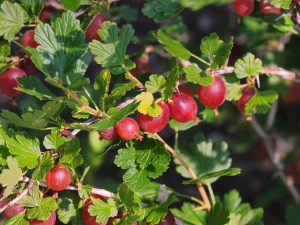
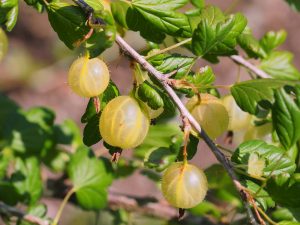
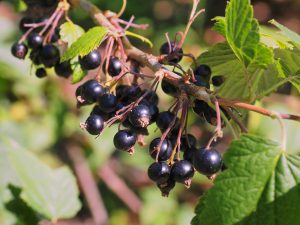
Philip Knuckey has won a gold for our stand at Hampton Court. Our first gold here for at least a decade.Here are a couple of Karol’s pictures of the second lorry loading up with plants to sell.
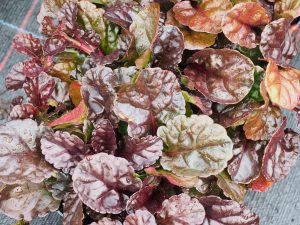
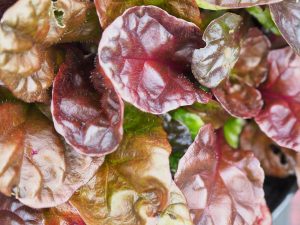
2016 – CHW
A day clearing out my mother’s desk for the archive room so no great tour today.The yellow alstroemeria beside the front door has been here for at least 50 years. Today the yellow form is wrongly considered dull alongside a plethora of new coloured forms.
On holiday, having a few days off.

1927 – JCW
The Actinidia in the Pinus austriaca is good. The Magnolia delavayi’s are flowering. Also Mag hypoleuca and parviflora. M glauca is not quite open. Rhodo’ discolor is good. Harrow hybrids fair, also Eriogynum and Griersonianum. Rosa brunonis is the best thing with the American Pillar.
1898 – JCW
Many of the daffodils have their foliage yet.
1897 – JCW
Most of the tree ferns have finished their growth. Henonis at full length, the best cane about 16 feet. Mitis and veitchii in mid growth, Nigra at full length. All daffodils have died down except Maximus and most of these have.




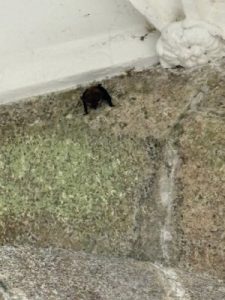
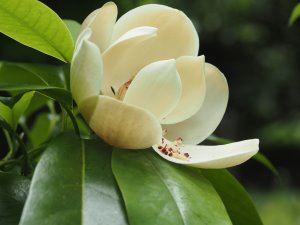
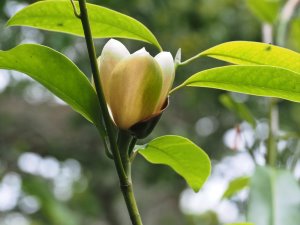
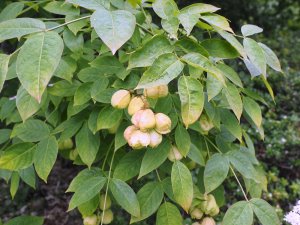
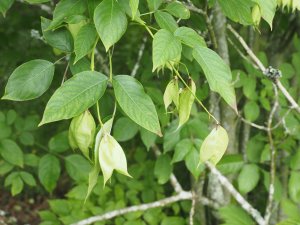
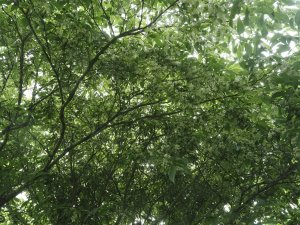
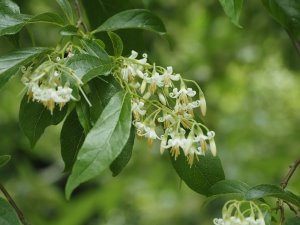

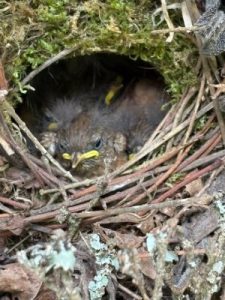


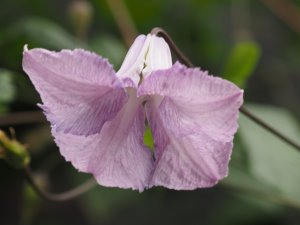
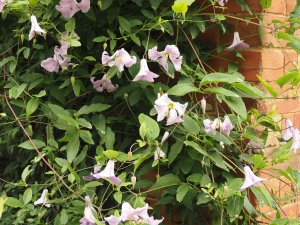
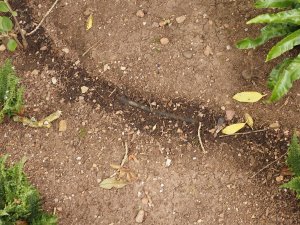

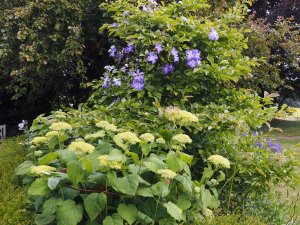
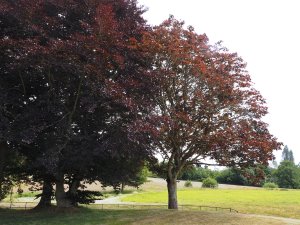
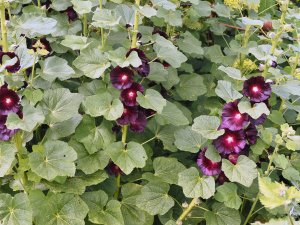
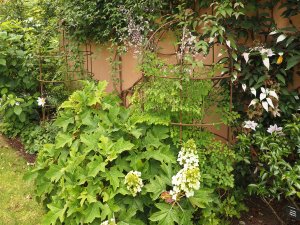

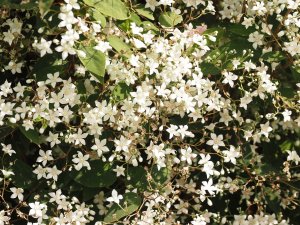

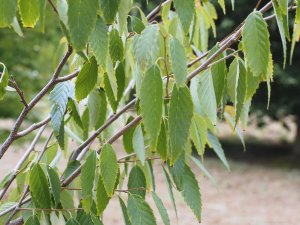
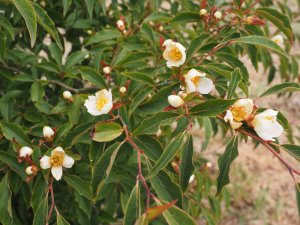
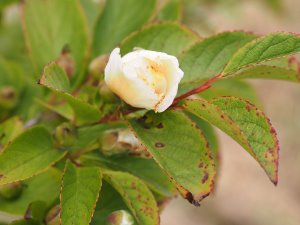
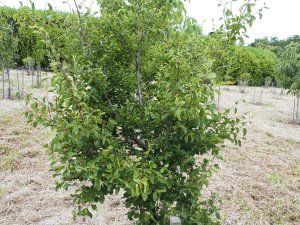
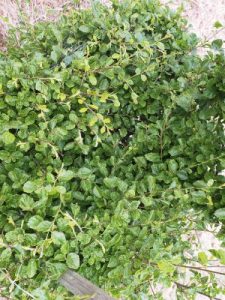
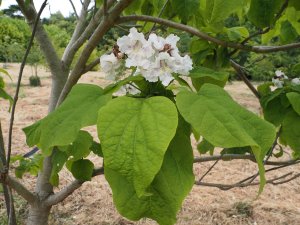
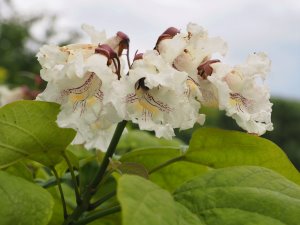
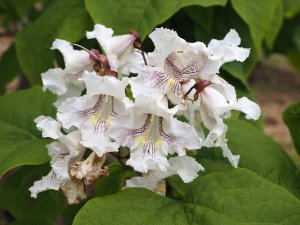
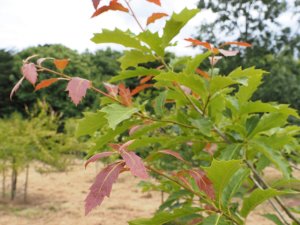
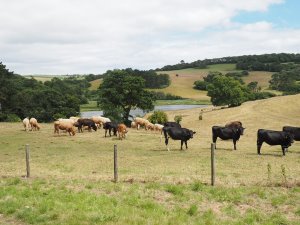
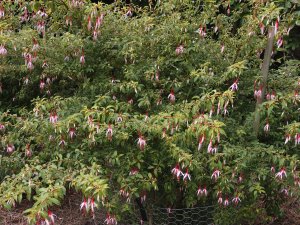
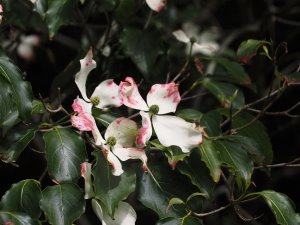
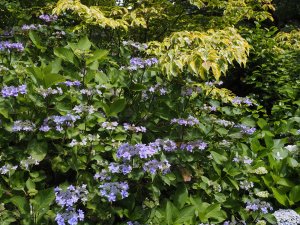
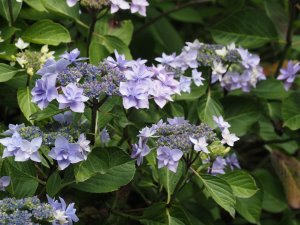
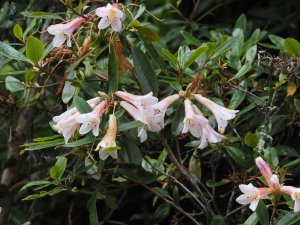
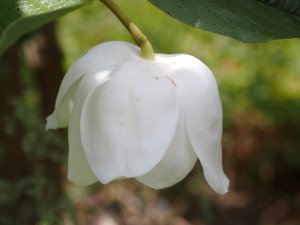
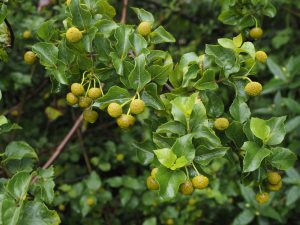
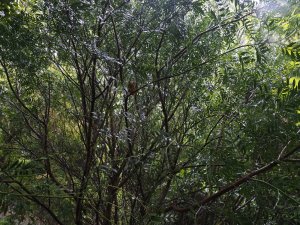
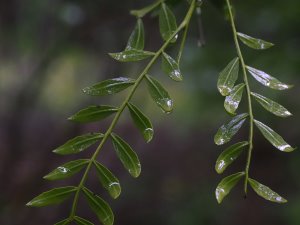
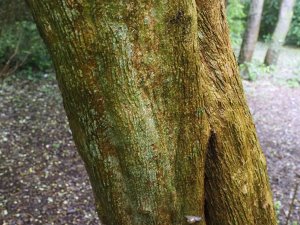
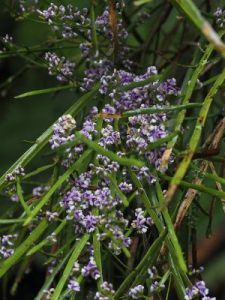
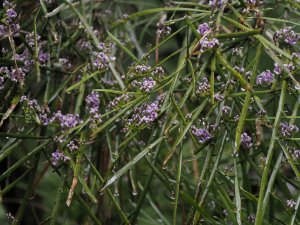
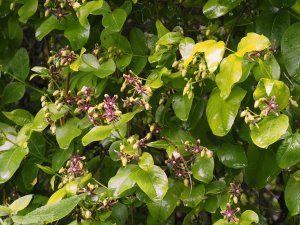
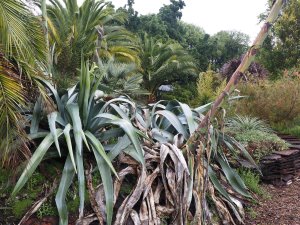
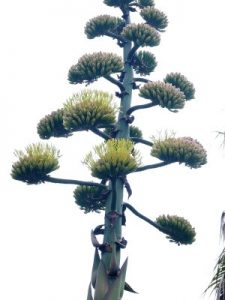
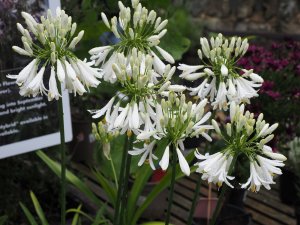
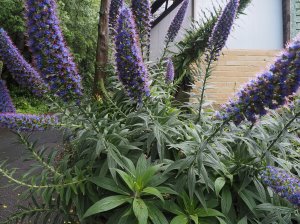
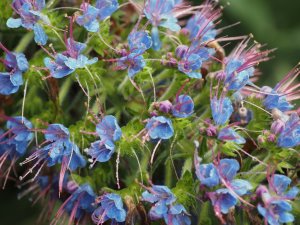
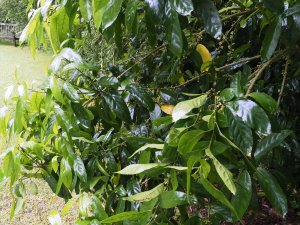
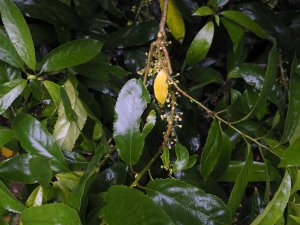
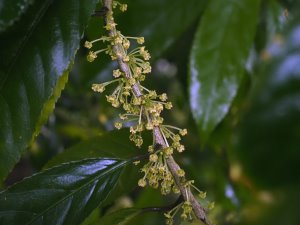
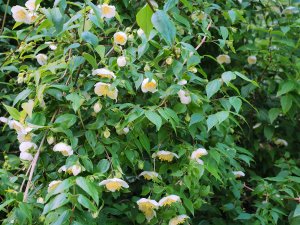
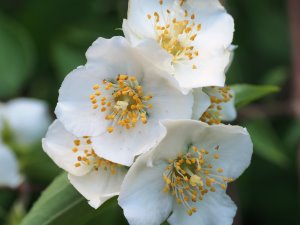
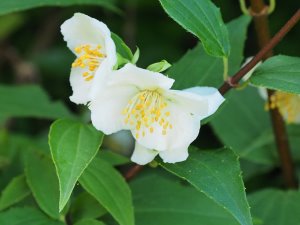
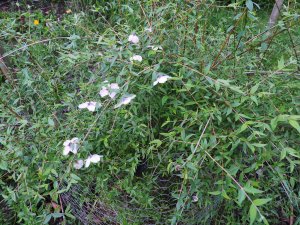
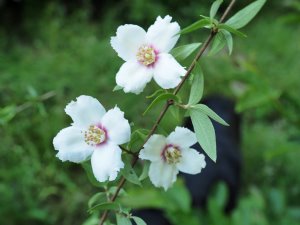
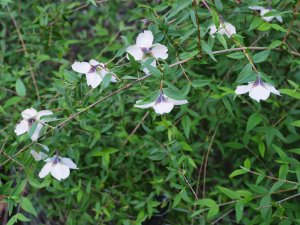
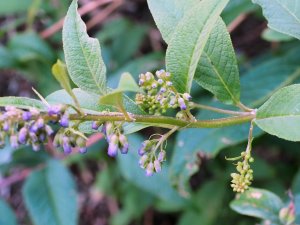
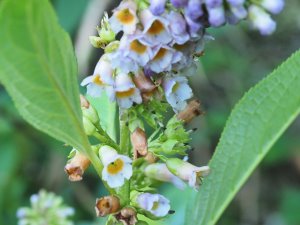
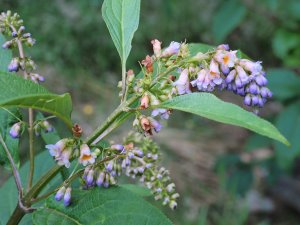
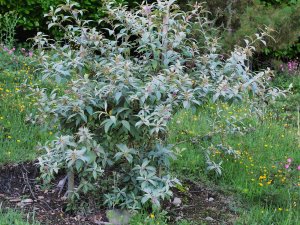
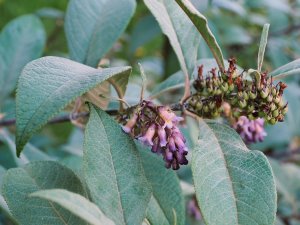
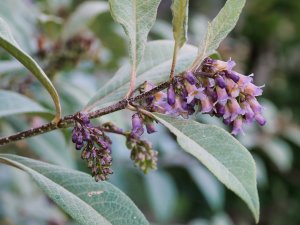
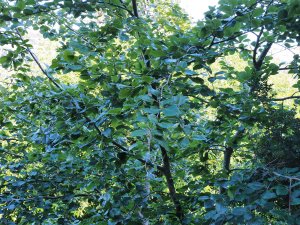
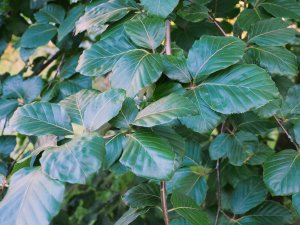
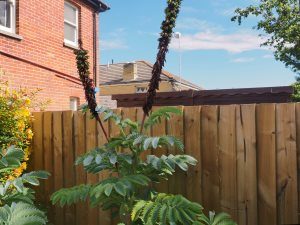
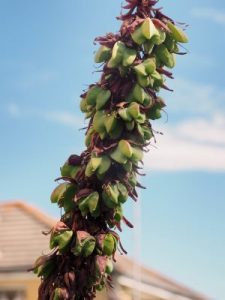

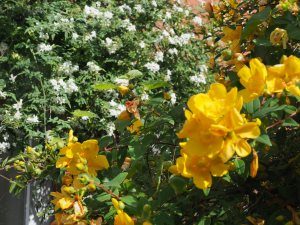
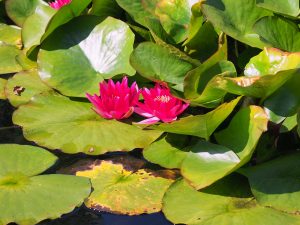
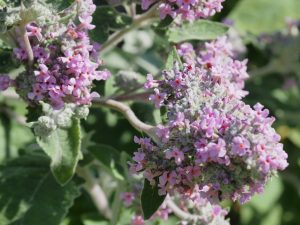
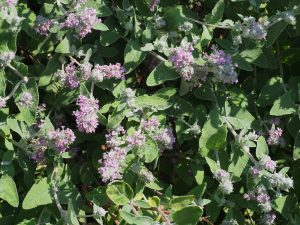
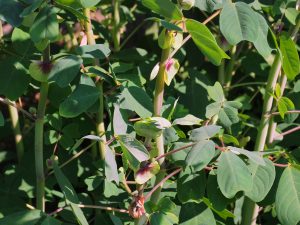
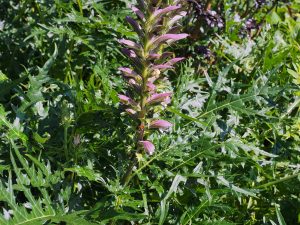
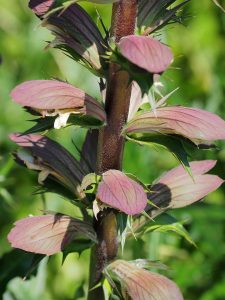

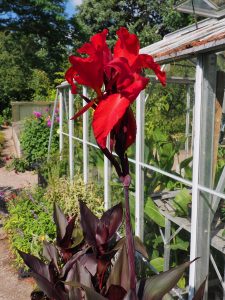
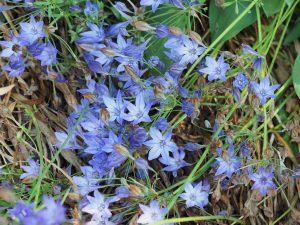
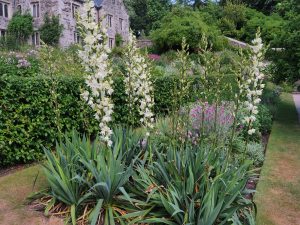
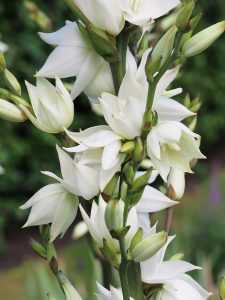

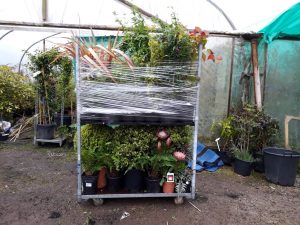
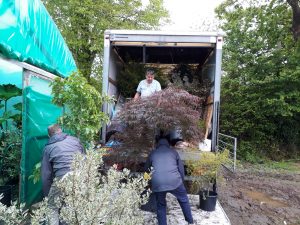
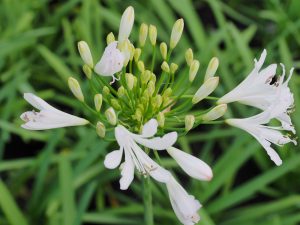
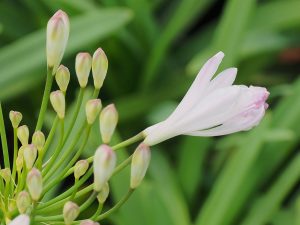
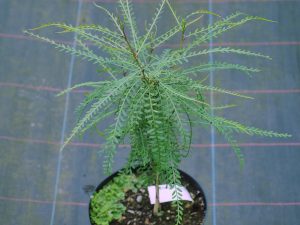
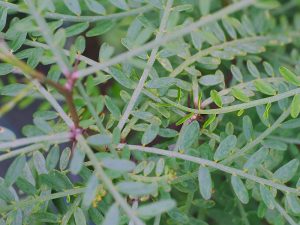
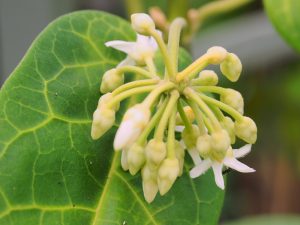
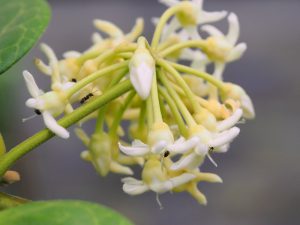
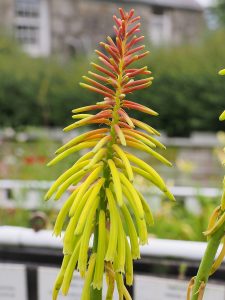
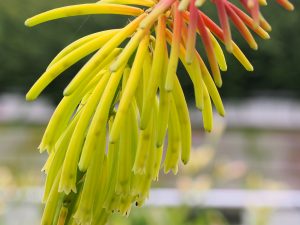
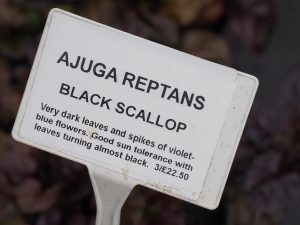
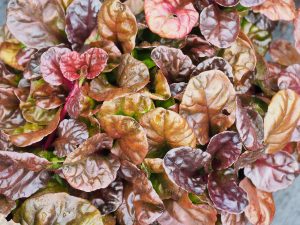
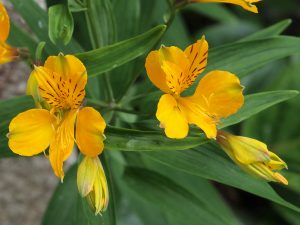
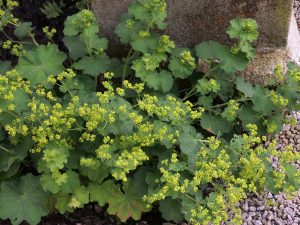
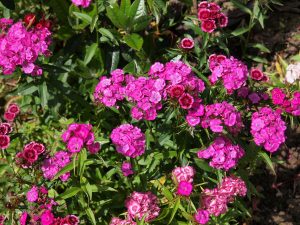
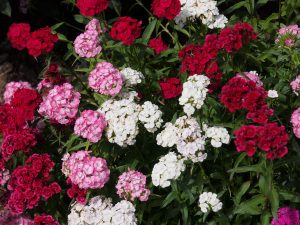
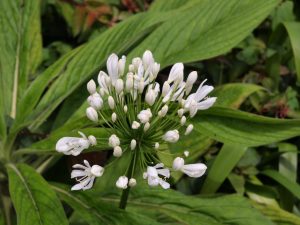
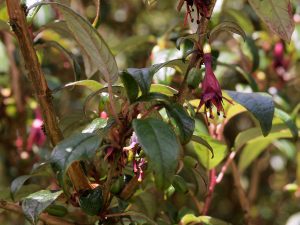
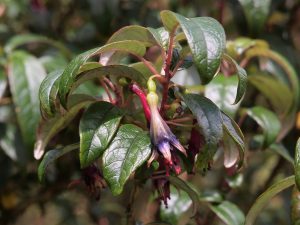
’23 Quercus ‘Belle d’Aquitaine’ should be written like this, the d beeing a preposition.
’21 Many great and impressive exotic plants at Ventnor BG, the evergreen tree is correctly named, Bean described it as Melicytus ramiflorus, I saw it only as small shrubs.
Parkinsonia is the jelly bean tree or Jerusalem thorn, a nowadays widespread invasive species of dry warm countries, called palo verde in Spanish, the green stick. It belongs to Caesalpinioideae like poinciana.
The Buddleja plant at Cotehele above appears to be the Himalayan species, Buddleja crispa. The common form of B. salviifolia has blue flowers and lanceolate leaves, usually with a tan tomentum. There are white and pale lilac forms also, with longer and more pendulous leaves.
The specimen above labelled Buddleja delavayi is not in fact that species, but is also a Buddleja limitanea (technically, a synonym of Buddleja forrestii). B. delavayi is a predominantly spring flowering species, quite unlike the plant shown, and is often still known by the former epithet of B. heliophila.
There are at least six B. limitanea collections in the UK, for example ACE 2522 and KR2737, which can vary with regards to corolla colour and leaf tomentum. The flower morphology is, however, usually consistent.
The genus Buddleja does suffer from some historical mislabelling, and it would help conservation efforts if such errors were corrected.